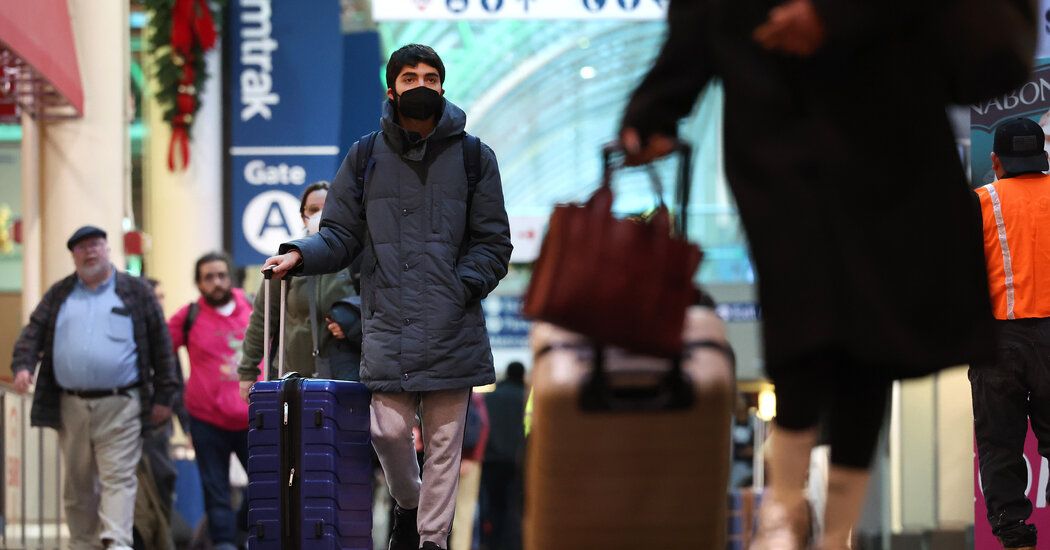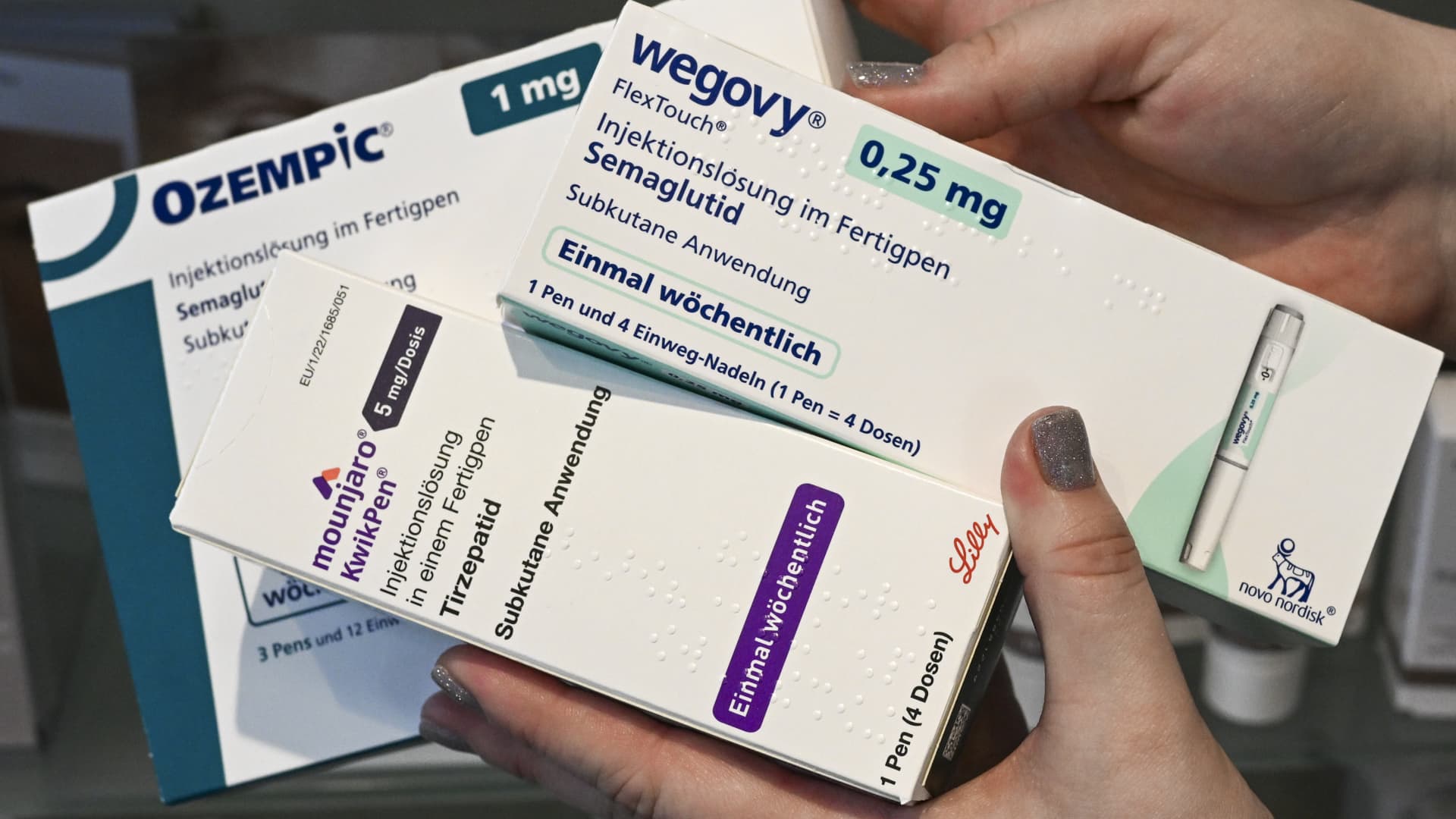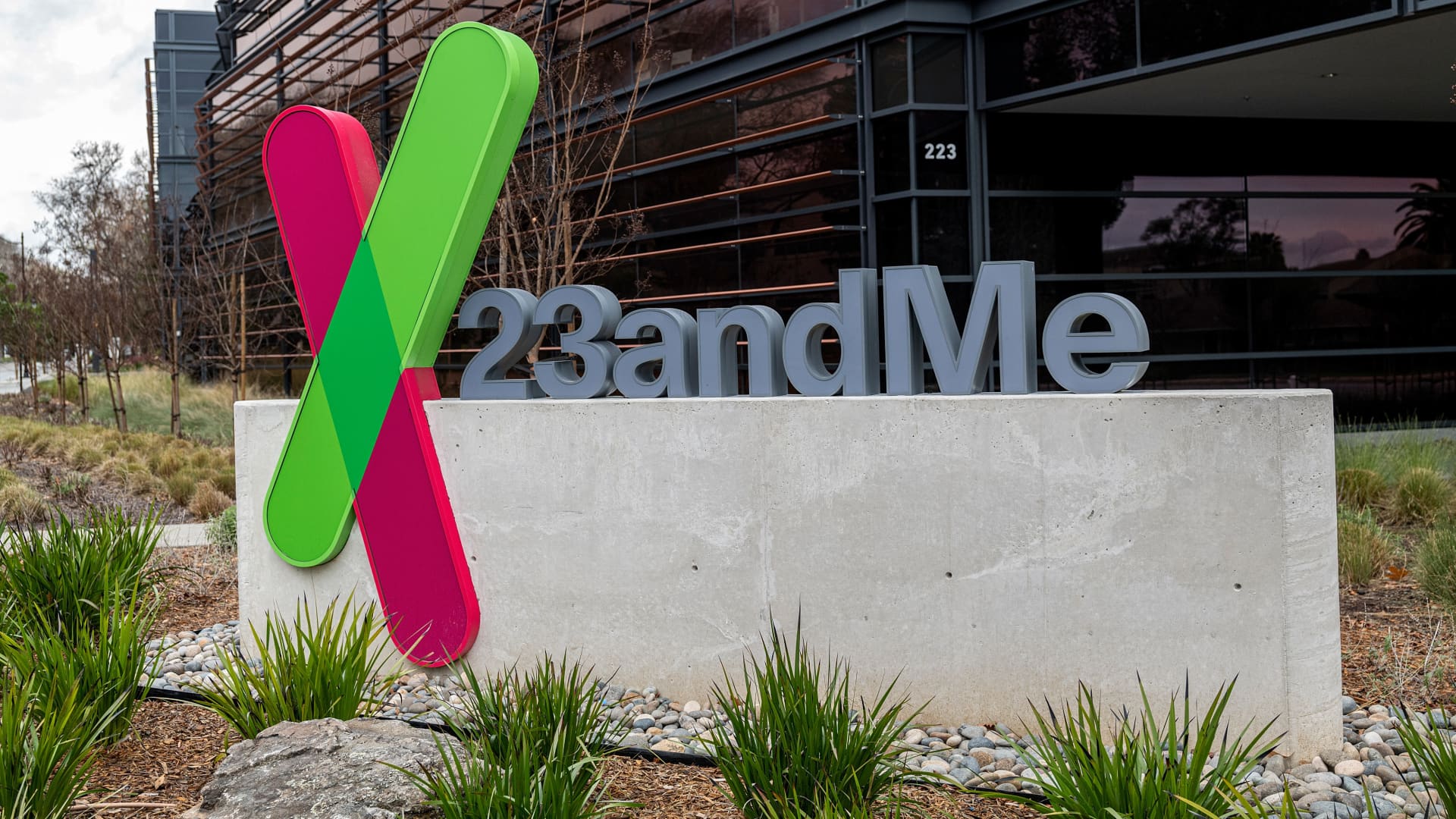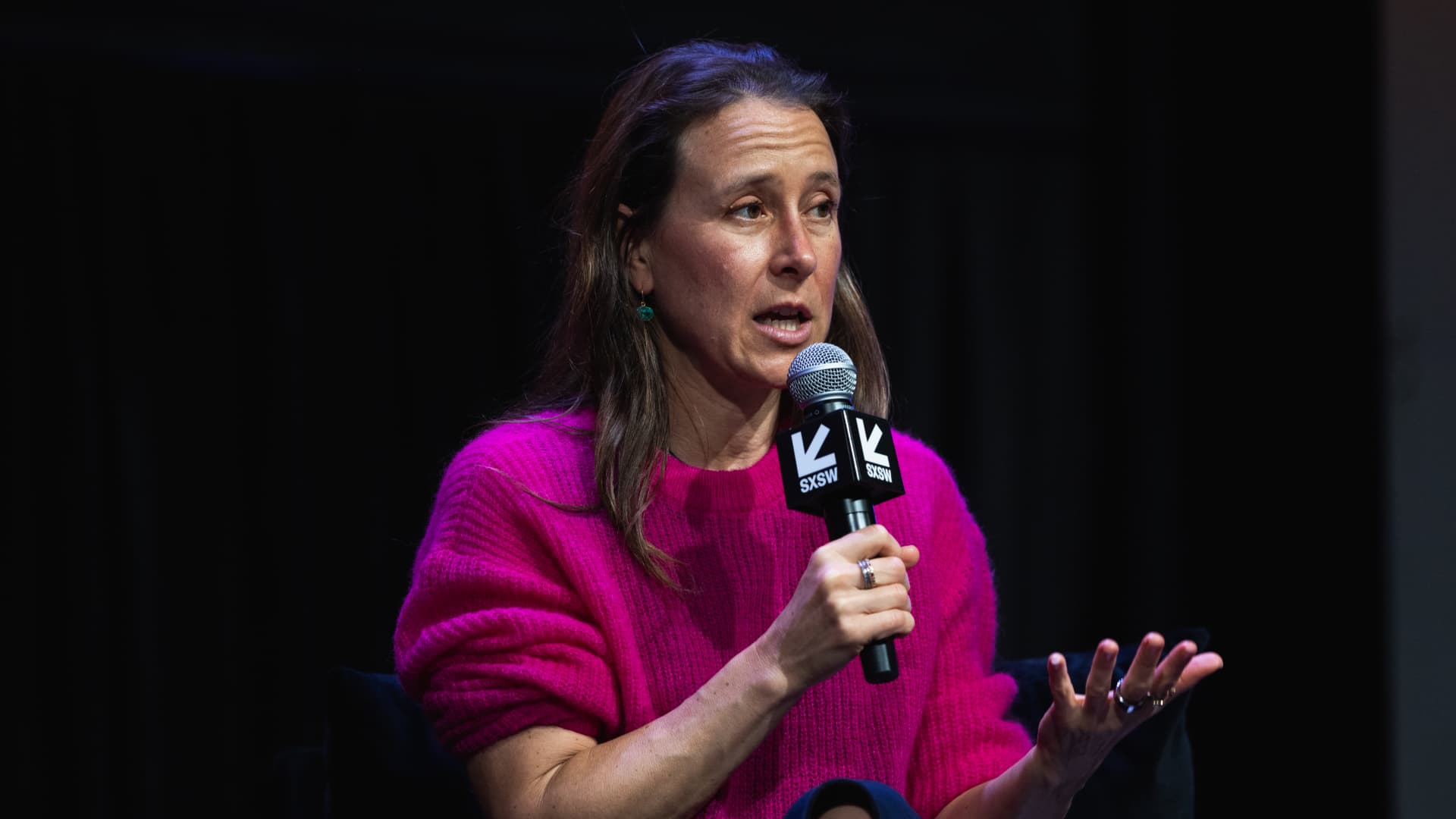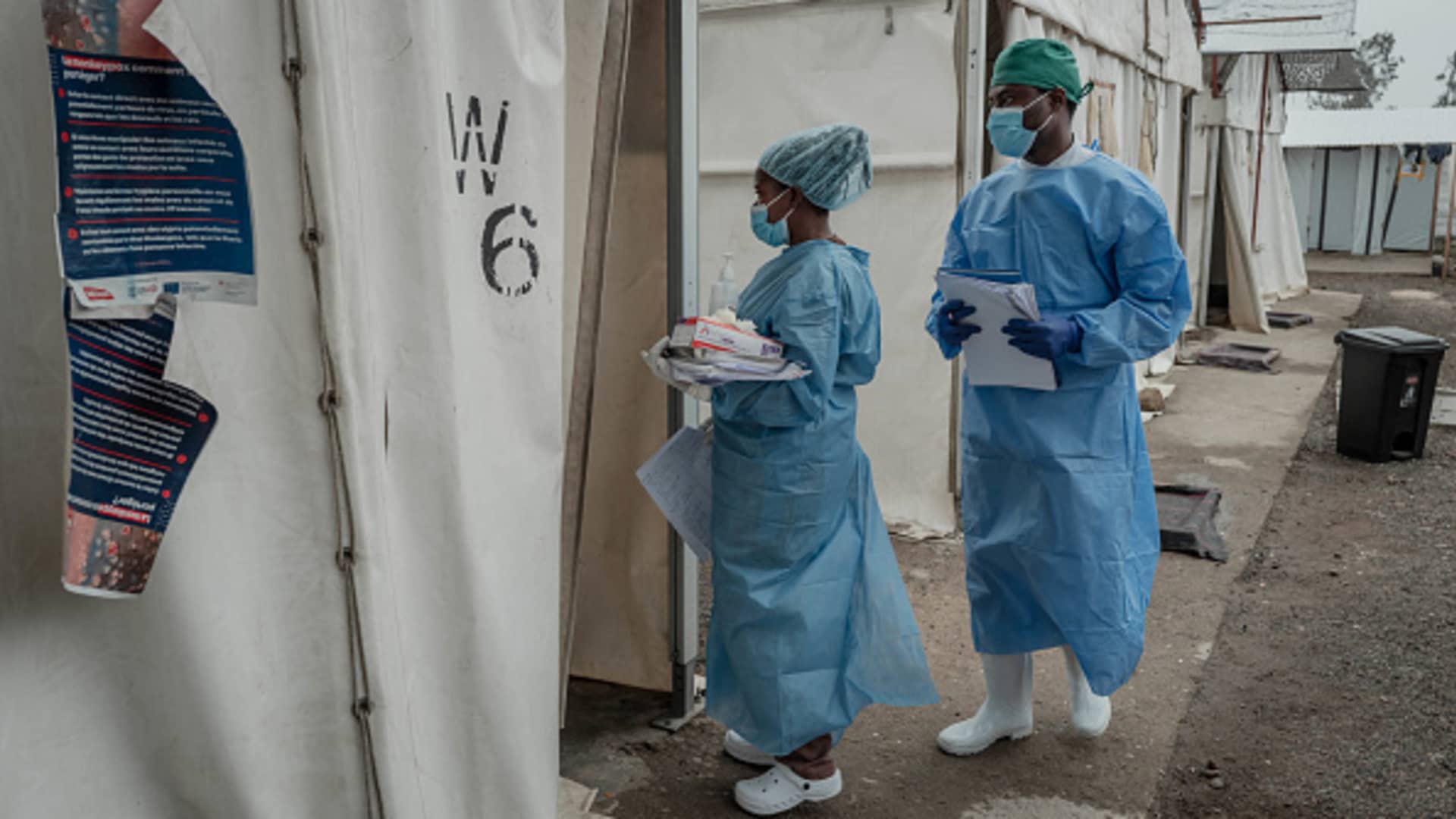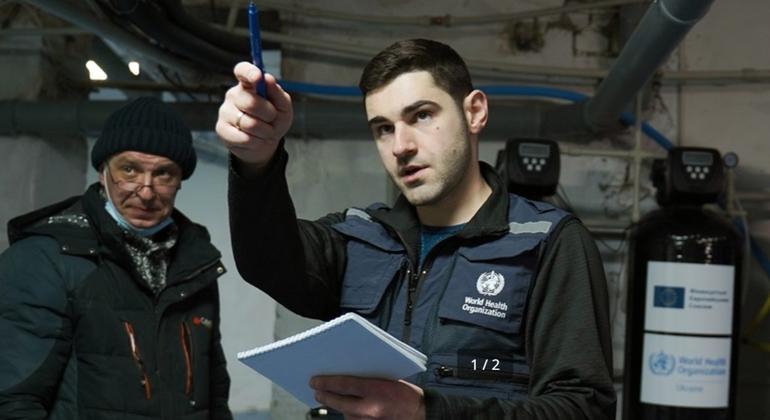The holidays have come and gone, and once again Americans are suffering from a tide of respiratory illnesses, including Covid. But so far, this winter’s Covid surge appears less deadly than last year’s, let alone 2022, when the Omicron surge paralyzed the nation.
“We’re not seeing signs that make me think we’re headed toward another serious wave,” said Caitlin Rivers, an epidemiologist at the Johns Hopkins Center for Health Security. “So far, we are in relatively good shape.”
Still, there are few masks in sight and only a fraction of the most vulnerable people have received the latest Covid vaccines, he noted.
“It’s not too late,” Dr. Rivers added. “We haven’t even reached the peak yet for Covid, and once the peak is reached, you still have to come down the other side.” That leaves plenty of time for the vaccine to provide some protection.
Federal officials are relying on limited data to measure this year’s spread. After the end of the public health emergency in May, the Centers for Disease Control and Prevention stopped tracking the number of Covid infections. The agency now only has partial access to states’ information on vaccination rates.
But trends in wastewater data, positive tests, emergency department visits, hospitalization rates and deaths point to rising infections in all regions of the country, according to the CDC. These patterns have led many hospitals to reinstate mask policies, after initially resisting a return. for them this fall.
As in previous years, numbers have been rising steadily throughout the winter and are expected to rise even further following holiday travel and gatherings.
Many of the infections are caused by a new variant, JN.1, which has spread rapidly around the world in recent weeks. “I think there’s no question that it’s helping to drive, quite substantially, this winter surge,” said Katelyn Jetelina, a public health expert and author of a widely read newsletter, “Your Local Epidemiologist.”
“Unfortunately, it’s coming at exactly the same time we open up our social media because of the holidays,” he said, “so there’s kind of a perfect storm right now.”
Some scientists have pointed to rising levels of the virus in wastewater samples as an indicator that infections are at least as high this year as they were this time last year. But Dr. Rivers urged caution in interpreting wastewater data as an indicator of infections and said hospitalizations were a more reliable metric.
In the week ending Dec. 23, hospitalizations increased nearly 17 percent from the previous week. There were around 29,000 new hospital admissions, compared to 39,000 the same week last year and 61,000 in 2021.
And weekly hospitalizations are increasing more slowly than in previous years, Dr. Rivers said.
Covid continues to claim at least 1,200 lives per week. But that figure is about a third of last year’s figure at this time and an eighth of 2021.
“We’re at this point of a pretty big surge in infections, but what’s really interesting is how hospitalizations have become and continue to become decoupled from infections,” Dr. Jetelina said.
He said what worried him most was that hospitals would collapse under the weight of multiple epidemics at once. Even in the years before the pandemic, outbreaks of influenza and respiratory syncytial virus alone could overwhelm hospitals; Rising rates of Covid now overlap with both diseases, increasing the burden.
The CDC estimates that there have been at least 7.1 million illnesses, 73,000 hospitalizations and 4,500 deaths from the flu so far this season.
While Covid tends to be mild in children and young adults, influenza and RSV are riskier for young children and older adults. All three diseases are particularly dangerous for babies.
Covid emergency department visits are highest among infants and older adults. While RSV has stabilized in some parts of the country, hospitalization rates remain high among young children and older adults.
The JN.1 variant accounts for nearly half of all Covid cases in the United States, nearly six times the prevalence just a month ago. The variant has a mutation that gives it a greater ability to evade immunity than its parent, BA.2.86, whose spread was limited.
In fact, JN.1 may be less transmissible than previous variants. But their immune evasion, along with the disappearance of preventive measures like masks, may explain their exponential growth around the world, said Dr. Abraar Karan, an infectious disease physician and postdoctoral researcher at Stanford University.
Still, JN.1 does not appear to cause more severe disease than previous variants, and current vaccines, tests and treatments work well against all current variants.
Experts urged all Americans, including those who are not at high risk of becoming seriously ill, to opt for both Covid and flu vaccines, wear masks and air purifiers to prevent infection, get tested and treated, and stay home if they get sick.
Even those who do not become seriously ill are at risk of long-term complications with each new viral infection, the researchers noted.
“To be honest, I’m not at high risk: I’m young and I’m vaccinated,” Dr. Rivers said. “But I still take precautions in my own life because I don’t want to deal with that disruption and the risk of developing a long-term illness.”
But few Americans follow that advice. As of December 23, only 19 percent of adults had received the latest Covid vaccine and around 44 percent had opted for the annual flu vaccine. Just over 17 percent of adults aged 60 and older had received the RSV vaccine
Even among people 75 and older, who are most at risk of contracting Covid, only one in three have received the latest vaccine, according to the CDC.
Many people don’t realize that there are vaccines that protect against the newer variants, or that they should get vaccinated even if they are not at high risk, said Gigi Gronvall, a biosafety expert at the Johns Hopkins Center for Health Security.
Even if the Covid vaccine does not prevent infection, it can shorten the duration and severity of the illness and minimize the risk of long-term symptoms such as brain fog, fatigue, movement problems and dizziness, known collectively as long Covid.
“I’m sure there are also many people who are actively hostile to the idea, but most people I meet simply don’t even know it,” Dr. Gronvall said.
The low availability of vaccines, especially for children and older adults, has also limited vaccination rates.
Dr Gronvall struggled to find a Covid vaccine for her teenage son. Dr. Jetelina has not yet found any for her young children. She said her grandparents, both in their 90s, also had “an incredibly difficult time.”
One of them is in a nursing home and has not yet been vaccinated because she was sick the day she was offered the vaccines.
Many nursing home residents and staff remain unvaccinated because staff don’t understand the benefits, said Dr. Karan, who has worked with nursing facilities in Los Angeles County.
Financial incentives can improve vaccine coverage, but lack of awareness about the benefits “is a major problem,” he said.
Experts also urged people who develop symptoms to get tested and seek antiviral medications (Tamiflu for flu, Paxlovid for Covid), especially if they are at high risk of complications.
Paxlovid is still available for free to most people, but many patients and even doctors avoid it in the mistaken belief that it causes Covid symptoms to return, experts said. Recent studies found no relationship between antiviral medications and symptom rebound.
“For many viruses, including influenza, we know that early use of antivirals will be beneficial,” Dr. Karan said. “If viral replication is stopped quickly, immune dysregulation is less thereafter.”

